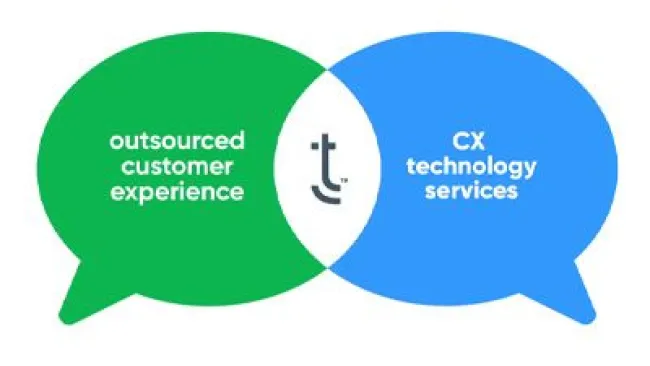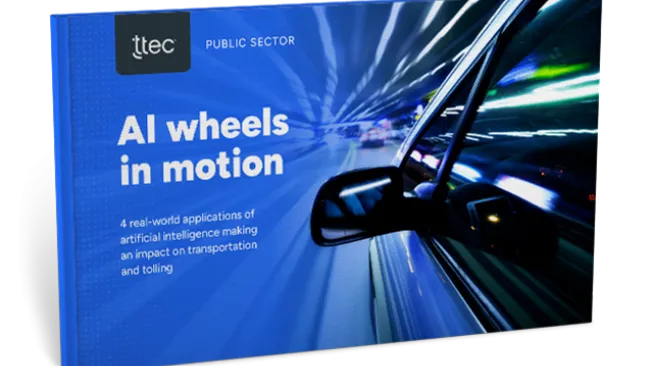Omnichannel success has become more than a buzzword—it’s the customer experience goal of many businesses. But organizational silos, data integration gaps, and many other challenges often prevent companies from turning their omnichannel vision into reality.
And while there isn’t an easy solution to transforming a multichannel customer experience into omnichannel, we’ve identified key obstacles most companies face and remedies to overcome them.
Challenge #1: No clear ownership
A real omnichannel structure encompasses marketing, sales, service, back office, IT, finance, etc., which can cause ownership issues. Without clear ownership, who pays for it becomes a challenge too. The business case usually spans the enterprise and can’t be segmented to one function.
The remedy is to create an ownership mentality. Here’s an outline for doing just that:
- Create a committee of senior-level executives who represent the interests of each department to oversee the initiative and communicate the plan to their teammates.
- Assign responsibilities to cross-functional teams (e.g., aligning databases between marketing and sales) and gradually expand those assignments to include more groups.
- Create a dashboard to track agreed upon KPIs like customer satisfaction across channels or customer effort.
- Tie progress to performance reviews.
Challenge #2: Turning vision into reality
It’s difficult to go from talk to action, and a lot gets lost as the vision gets disseminated and interpreted across different business units. Everyone understands the need to meet or even exceed customer expectations, but it’s important to be realistic about what it takes to accomplish those goals.
Start by identifying and prioritizing higher value phases of the journey. Gather insights into customer behaviors and the underlying drivers to identify pain points in areas that deliver the most value. Use those insights to look for low-hanging fruit. What changes will deliver the biggest bang for the buck quickly? At the same time, stay flexible. Measure, iterate, and adjust if changes in the marketplace and customer behavior point to new omnichannel priorities.
Challenge #3: Transformation while operating
Transitioning from a multichannel to omnichannel model is challenging in itself, especially as the business continues to operate on a day-to-day basis. What’s more, customers want real-time interactions and transactions. Companies must integrate fast-moving inventory, pricing, and transaction information for sales, and move that interaction info across channels for service.
Creating a virtuous cycle of testing, collecting feedback, and educating employees and customers on the changes will go a long way in smoothing the transition. For instance, when testing new services, start within a small segment of the customer population, such as customer advocates, before expanding. Ensure that all necessary departments are aware of the test. Customer service, for example, should be alerted to new features and have a ready response to inquiries. Include a quick tutorial explaining the value of the feature internally and to customers. And don’t forget to include an option for leaving and collecting feedback.
To learn more about how to accelerate the transition to omnichannel, check out our e-book, Transform Omnichannel Vision into Reality.















